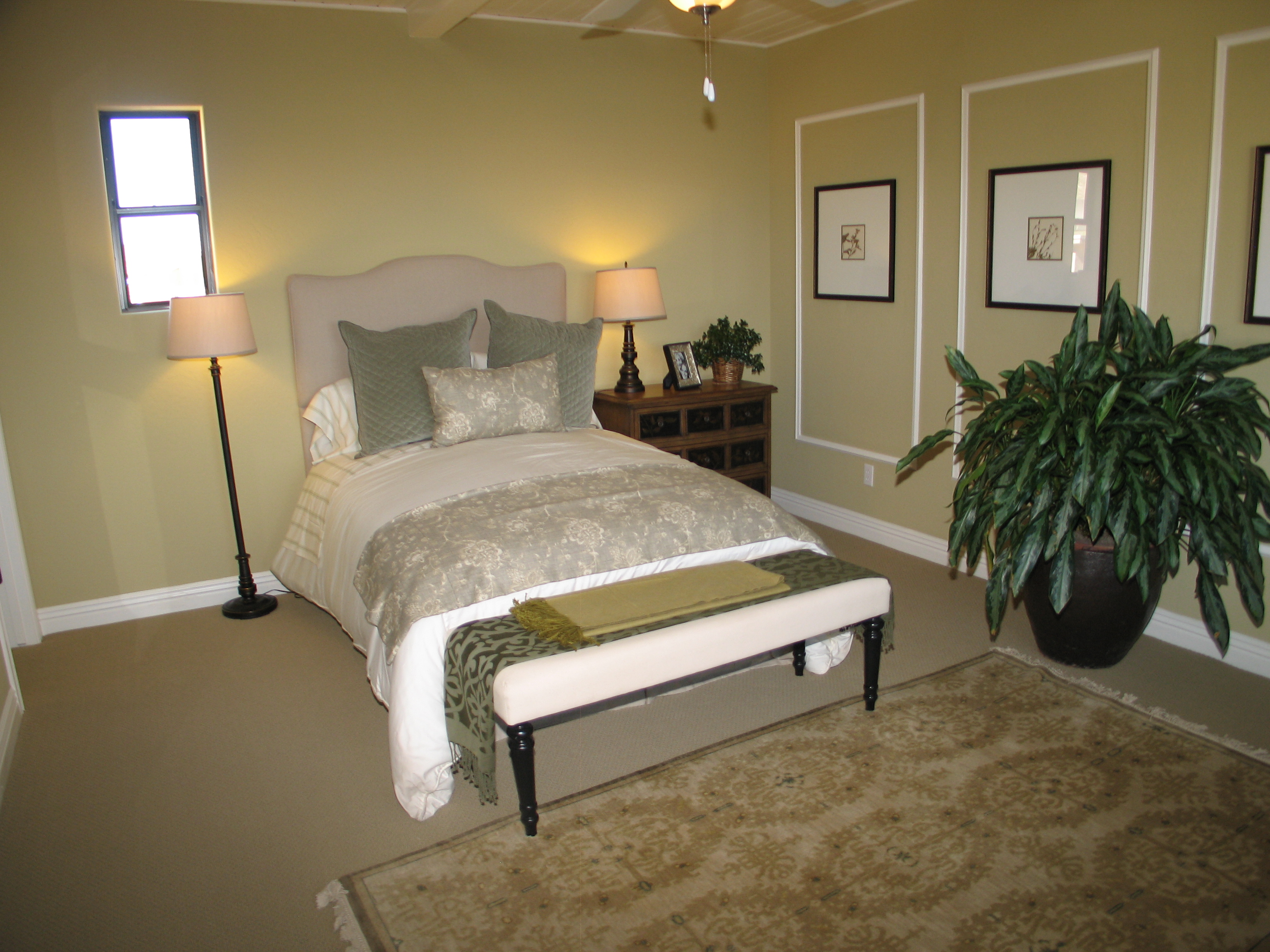By Joe Szabo,ScottsdaleReal Estate Team
Wall-to-wall carpeting used to be pretty boring stuff: a neutral field of smooth-cut pile, without a lot of excitement or character. But like everything else in the house, carpet has gone high-style — not to mention high-tech.
Synthetic yarns, advanced dyeing techniques, and new manufacturing processes now produce carpet with more texture, color, durability, and stain resistance than ever before.
“New looms can combine different piles to create a pattern, like a floral or geometric print,” says Gary Johnston, global brand manager at Stainmaster. The result is carpets that are not simply backgrounds for the rest of your decor but focal points in their own right.
What to Look For
The most important thing to keep in mind when selecting a carpet is how much foot traffic it will get. For the busiest areas, look for a dense construction. “Lay a carpet sample on the table and run your fingers through it. You don’t want to be able to see the backing of the carpet,” says Barbra Wilson, manager of technical information at the Carpet and Rug Institute. You’ll also want a shorter pile height — the general rule is half an inch or less. In a cut-pile carpet, look for a good, tight twist of the yarn bundles. In looped carpet, look for smaller, tighter loops. Less-trafficked areas give you more freedom, allowing you to choose from plush cut-pile Saxonys to twisty friezes (for details, see “Pile Style”).
Next, consider the material the carpet is made of. Wool is the industry benchmark. “It’s what every other fiber is trying to be,” says M.J. Pullins, marketing director at Stanton Carpet. “It doesn’t crush or fade. It’s naturally fire-retardant, hypoallergenic, discourages the growth of bacteria, and even regulates the room’s humidity.” But because it tends to cost more than other fibers, wool accounts for a relatively small share of the market.
Two-thirds of all carpeting purchased in theUnited Statesis made of nylon, thanks to its colorfastness, resilience, and easy maintenance. Olefin (also called polypropylene) is another durable, colorfast, and reasonably priced synthetic. Often used for level-loop and Berber carpet, olefin resists static, moisture, and mildew better than other fibers and can even be used outdoors. Polyester is not as resilient as other fibers, but it’s soft to the touch and easily cleaned. Acrylic is most often used in velvet and level-loop constructions; it looks and feels like wool and gives you the most bang for your buck.
Please note that this Scottsdale Real Estate Blog is for informational purposes and not intended to take the place of a licensed Scottsdale Real Estate Agent. The Szabo Group offers first class real estate services to clients in the Scottsdale Greater Phoenix Metropolitan Area in the buying and selling of Luxury homes inArizona. Award winning Realtors and Re/MAX top producers and best real estate agent for Luxury Homes inScottsdale, The Szabo group delivers experience, knowledge, dedication and proven results. Contact Joe Szabo at 480.688.2020, info@ScottsdaleRealEstateTeam.com or visit www.scottsdalerealestateteam.com to find out more about Scottsdale Homes forSaleand Estates forSaleinScottsdaleand to search the Scottsdale MLS for Scottsdale Home Listings.




